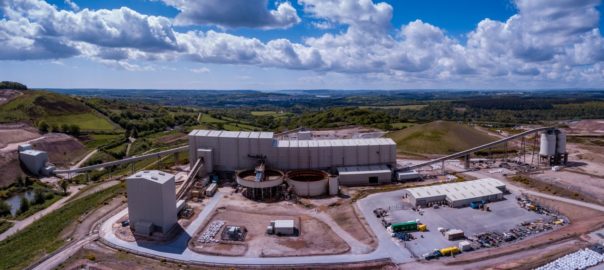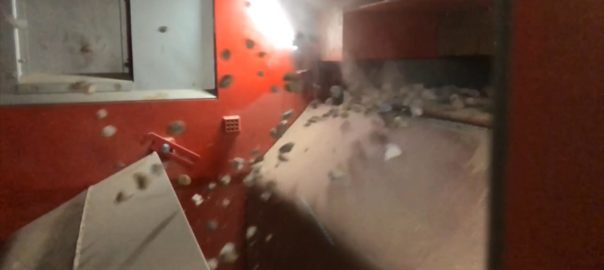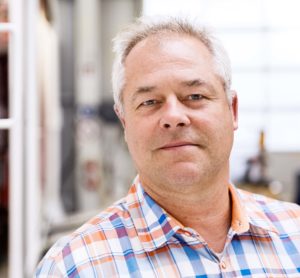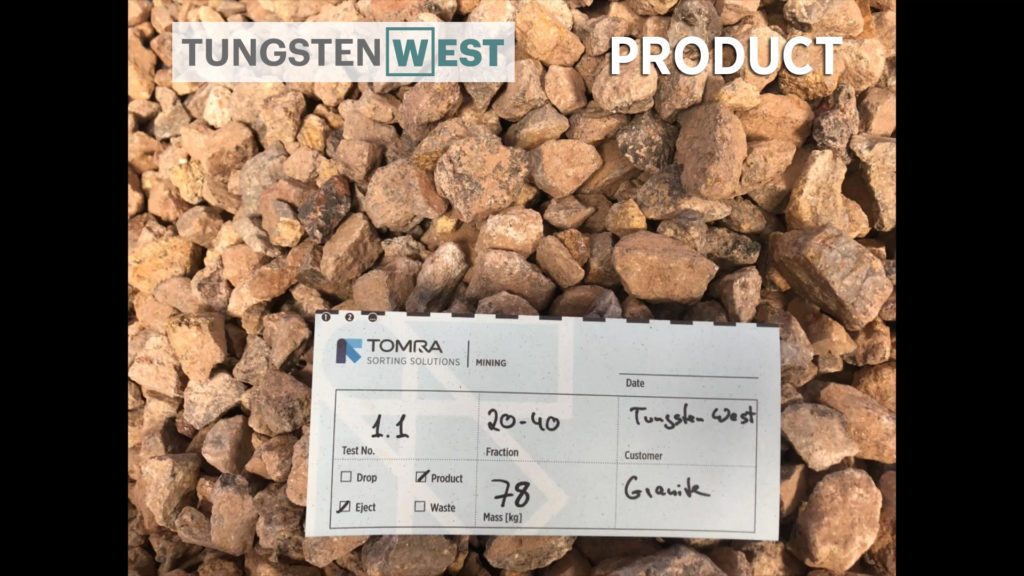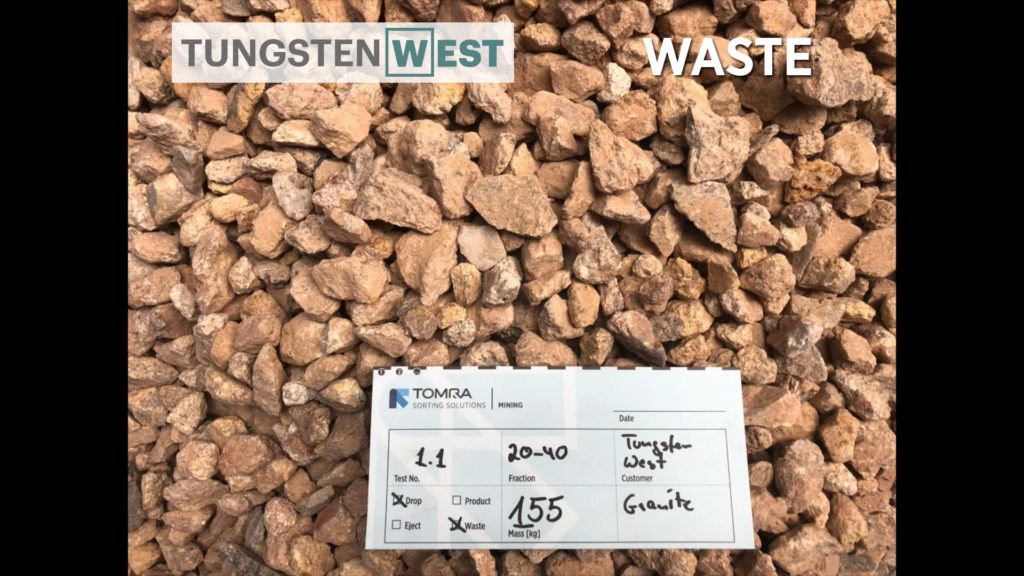Tungsten West, the mining company focused on recommencing production at the Hemerdon tungsten and tin mine in Devon, England, has announced its intention to proceed with an initial public offering on London’s AIM market.
The company has conditionally raised £39 million ($53 million) before expenses, with plans to debut on the bourse on October 21 with a market capitalisation of approximately £106.2 million.
The net proceeds of the offer, together with the $49 million project financing from a fund managed by Orion Resource Partners, will be used to, among other things, execute the planned capital expenditure and corporate commitments of £44.6 million for improvement works at the Hemerdon Mine, bringing it back into commercial production.
Hemerdon is, Tungsten West says, the third largest tungsten resource globally, as well as being a previously producing mine that was operational from 2015-2018. Tungsten West purchased the Hemerdon Mine in 2019, and has since completed a bankable feasibility study that demonstrated an extensive reserve of approximately 63.3 Mt at 0.18% W and 0.03% Sn, as well as 37.4 Mt of saleable aggregate material. The company estimates that the life of mine is currently 18.5 years with the opportunity to extend this through future investment.
The mine already has the majority of its infrastructure in place, with previous owner Wolf Minerals Ltd having invested over £170 million into the development of the mine and its processing facilities, which include an open-pit mine, mineral processing facility and mine waste facility, the company says. With a substantial amount of existing infrastructure, the development costs associated with re-starting the mine are estimated to be £44.6 million. This existing infrastructure also means that the rebuild is only expected to take 12 months, with parts of the restart project already underway.
Having acquired the mine out of a receivership process, Tungsten West completed a significant amount of work to enable it to understand and address the issues historically experienced by Wolf Minerals, including a 6,113 m geological exploration drilling program and several technical studies. The company has identified the past issues experienced by Wolf Minerals that required rectifying.
“One of the main issues was a poor mineral process route design, with several items of equipment, particularly in the front end of the plant, causing plant downtime and hindering the recovery of the tungsten and tin minerals,” Tungsten West says. “Tungsten West has therefore designated a material proportion of its rebuild costs to modifying and updating the front-end of the processing plant. This will include replacing the existing crushing circuit with new duty and standby primary jaw crushers and secondary cone crushers.”
In addition, the introduction of X-ray Transmission ore sorting, which the company previously carried out tests on with TOMRA Mining in Germany, substantially reduces processing costs by rejecting around 70% of the ore fed to the sorters, it says.
Further upgrades to the plant commenced by the previous operator will be completed, including the dense media separation feed stockpile where 24 hours of surge capacity will be installed, decoupling the front-end of the plant from the concentrator circuit.
“Through these actions, the company expects plant operating time to improve from circa-53% under previous operatorship to the industry standard of circa-81% under Tungsten West,” Tungsten West says.
Tungsten West has identified further opportunities for by-product cash flow through the production and sale of aggregates. A new aggregate plant will be fed with ore sorter rejects and with the waste streams from the processing plant. The business plan is to sell to local aggregate consumers, such as GRS, providing them with a stable, long-term and sustainable source of these materials.
The company says it has implemented a number of initiatives to ensure a minimal impact on the surrounding environment and local community. These include optimising the plants low frequency noise to ensure minimal environmental impact and a fully cash funded £13.2 million restoration bond.
Max Denning, CEO of Tungsten West, says: “With the proposed £39 million raise announced today, and the £36 million funding package from Orion, we will be fully funded for the development of Hemerdon back into production. We look forward to welcoming new investors into this compelling business and working with all our stakeholders to ensure that the newly reinvigorated Hemerdon mine is a beacon of mining excellence in the UK.”







